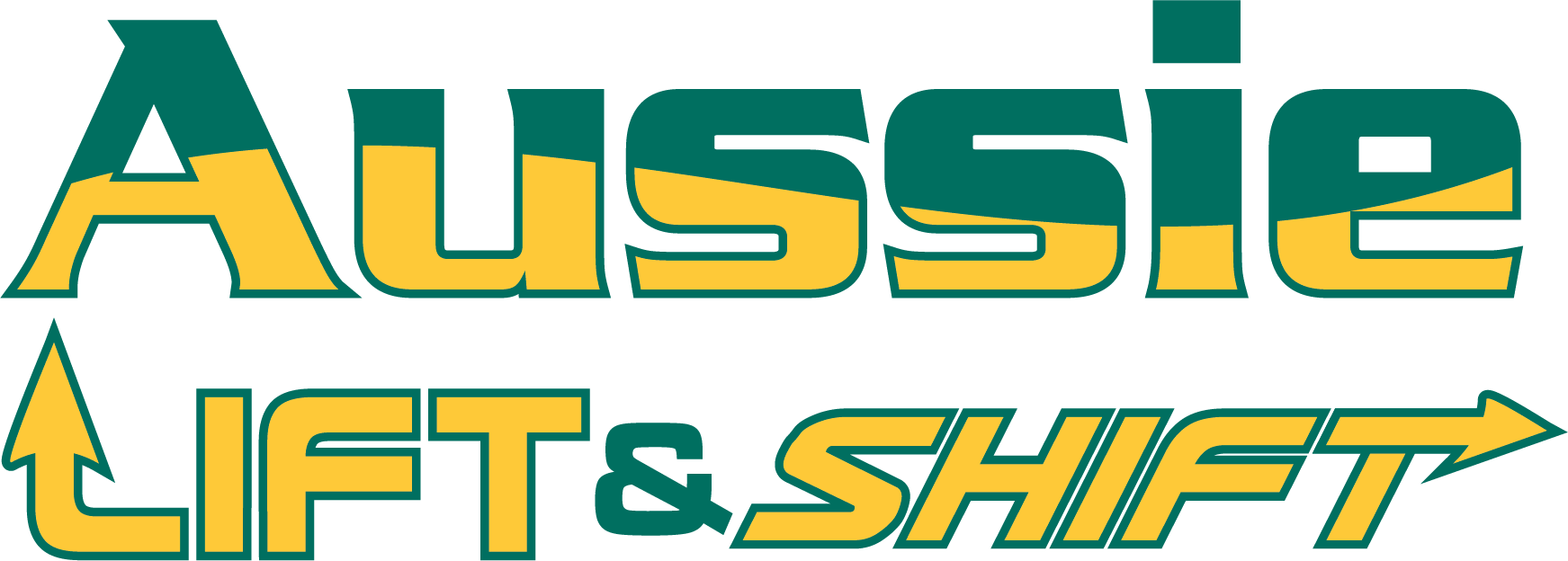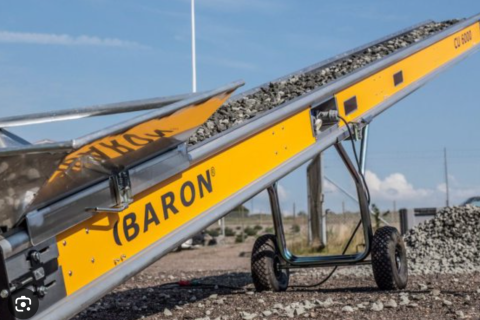Block Elevator is quite essential in various fields for the role of mobility. It plays a crucial role in the field of construction to move the big loads to different levels. Like moving a bulk of bricks to the fifth floor of the building undergoing construction. It makes the process easier for the construction, which takes time & safety of the product too. Its mobility applications are beneficial for the locations of business buildings, industrial sites & residential complexes.
What is a Block Elevator?
A Block Elevator is a specialised lift system used to move equipment, personnel, or supplies inside a building/site that is still under construction. A Block Elevator is built temporarily to support construction activities, in contrast to traditional elevators found in finished buildings. It increases productivity, decreases manual work, and facilitates the efficient movement of big loads.
Benefits of Implementing a Block Elevator
Block elevators are becoming increasingly popular among building owners and facility managers. Bricks, cement, steel, and other heavy components must be moved within construction sites. By offering a dependable vertical transit method, a Block Elevator streamlines this procedure. It provides several benefits at the construction sites, which include:
- Enhanced Efficiency: Material handling and vertical movement eliminate the need for heavy equipment in these systems. Streamlining procedures in congested conditions.
- Space Optimisation: Space and maintenance are needed for traditional material hoists. Block elevators are incorporated within the building’s core infrastructure, optimising space.
- Cost Savings: Combining services like moving individuals and huge objects into one system reduces setup and operating costs over time.
- Improved Safety: These elevators protect people and products using secure systems and automated controls.
- Flexibility: They accommodate different construction designs. Renovating or creating a new building, a Block Elevator can be customized.
Types of Block Elevators
Block elevators come in a variety of forms, each tailored to meet particular building requirements:
- Material Hoists: Used for transporting construction materials.
- Passenger Hoists: Designed and constructed to allow employees to move between floors; safely.
- Rack and Pinion Elevators: It is best to provide regulated and fast movement.
- Hydraulic Elevators: Hydraulic systems can be used to raise large objects.
Installation and Maintenance
Block Elevator installation needs careful planning and attention to safety guidelines. Engineers evaluate the site’s characteristics and choose the ideal installation location. To guarantee seamless operation and avoid malfunctions, routine maintenance is essential. Important maintenance procedures consist of:
- Routine Inspections: These inspections help examine the damage that occurs to mechanical parts.
- Lubrication: The process of lubrication is needed to ensure the smooth operation of moving components.
- Safety Checks: Control systems and emergency brakes are being checked for accuracy.
- Load Testing: The elevator’s capacity to support the appropriate weight is being verified via load testing.
Safety Measures
When operating a Block Elevator, safety is the most important thing to keep in mind. On construction sites, there are stringent procedures that are followed to prevent disasters. The following are some of the most important safety measures:
- Proper Training
- Weight Limits
- Emergency Systems
- Regular Inspections
Conclusion
Block Elevators have a significant role in the construction world to make the process go smoothly with higher safety levels. Block Elevator works as the best tool in the construction world for both customers as well as builders. It provides the best advantage by saving money, time & energy that applies to building projects.

